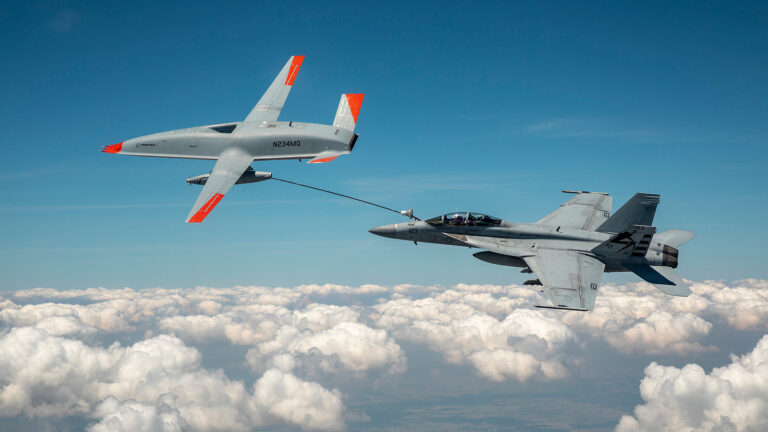Stay Up to Date
Submit your email address to receive the latest industry and Aerospace America news.
The Guidance, Navigation and Control Technical Committee advances techniques, devices and systems for guiding and commanding flight vehicles.
The world was captivated by the entry, descent and landing of a NASA Mars spacecraft in February. Equipped with new Range Trigger and Terrain Relative Navigation algorithms, the Perseverance rover was able to autonomously touch down on the Martian surface. Together, these technologies reduced the uncertainty of the landing location and broadened the number of potential landing sites through hazard avoidance. When Perseverance landed, it was carrying the autonomous Ingenuity Mars Helicopter, which in April became the first powered aircraft to fly on another planet. Due to significant communication latency, Ingenuity cannot be flown remotely and consequently was designed for fully autonomous operation. Furthermore, this ultralight aircraft operates in harsh Martian conditions and must compensate for the uncertainty of flight in a sparsely modeled environment.
Earth-based autonomous flight continued to push limits as well. In July, Blue Origin flew civilian passengers on the fully autonomous New Shepard rocket and suborbital capsule. Then in September, SpaceX launched an all-civilian group to space on the Inspiration4 mission aboard the fully automated Crew Dragon spacecraft and Falcon 9 rocket. These passengers were provided limited training — relative to professional astronauts — in preparation for their missions. These launches advanced commercial space travel through demonstration of greater reliance on automated guidance, navigation and control systems rather than human pilots.
In April , Xwing of San Francisco announced the first fully autonomous gate-to-gate flight of a commercial aircraft with the company’s Autoflight System on a Cessna 208B Grand Caravan. A month later, Merlin Labs of Boston announced that the Civil Aviation Authority of New Zealand had approved the agency’s first certification basis for an autonomous flight system to Merlin Labs. Fully autonomous passenger and cargo flight vehicles require complex guidance and sensor fusion capabilities that must be evaluated to ensure the safety of passengers, bystanders and the environment. This is a key step toward autonomous urban air mobility, as are related tests underway around the world.
Autonomous guidance, navigation and control also had milestones in defense aircraft. A Boeing MQ-25 demonstrator refueled an F/A-18 Super
Hornet, E-2D Hawkeye and F-35C Lightning II in June, August and September, respectively. The U.S. Navy tests were the first demonstrations of air-to-air refueling with an uncrewed aircraft.
An essential element for safe autonomous operations is reliable navigation technology. In June, SpaceX launched a previously flown Falcon 9 carrying the fifth GPS III satellite, the first time a U.S. national security payload had been sent on a refurbished booster, according to the U.S. Space Force. The fifth GPS III is the final Military-Code satellite required to make M-Code fully operational, which the Space Force says will provide data more accurately and more robustly prevent jamming. Alternatives to GPS also made strides. NextNav demonstrated precise timing and redundancy of its TerraPoiNT GPS-free network in a U.S. Department of Homeland Security evaluation in August. The U.S. Department of Transportation also named NextNav as the only vendor to “demonstrat[e] all applicable use case scenarios” in its January Complementary PNT and GPS Backup Technologies Demonstration Report. These efforts could improve autonomous localization, especially in challenging environments such as urban canyons.
Stay Up to Date
Submit your email address to receive the latest industry and Aerospace America news.




